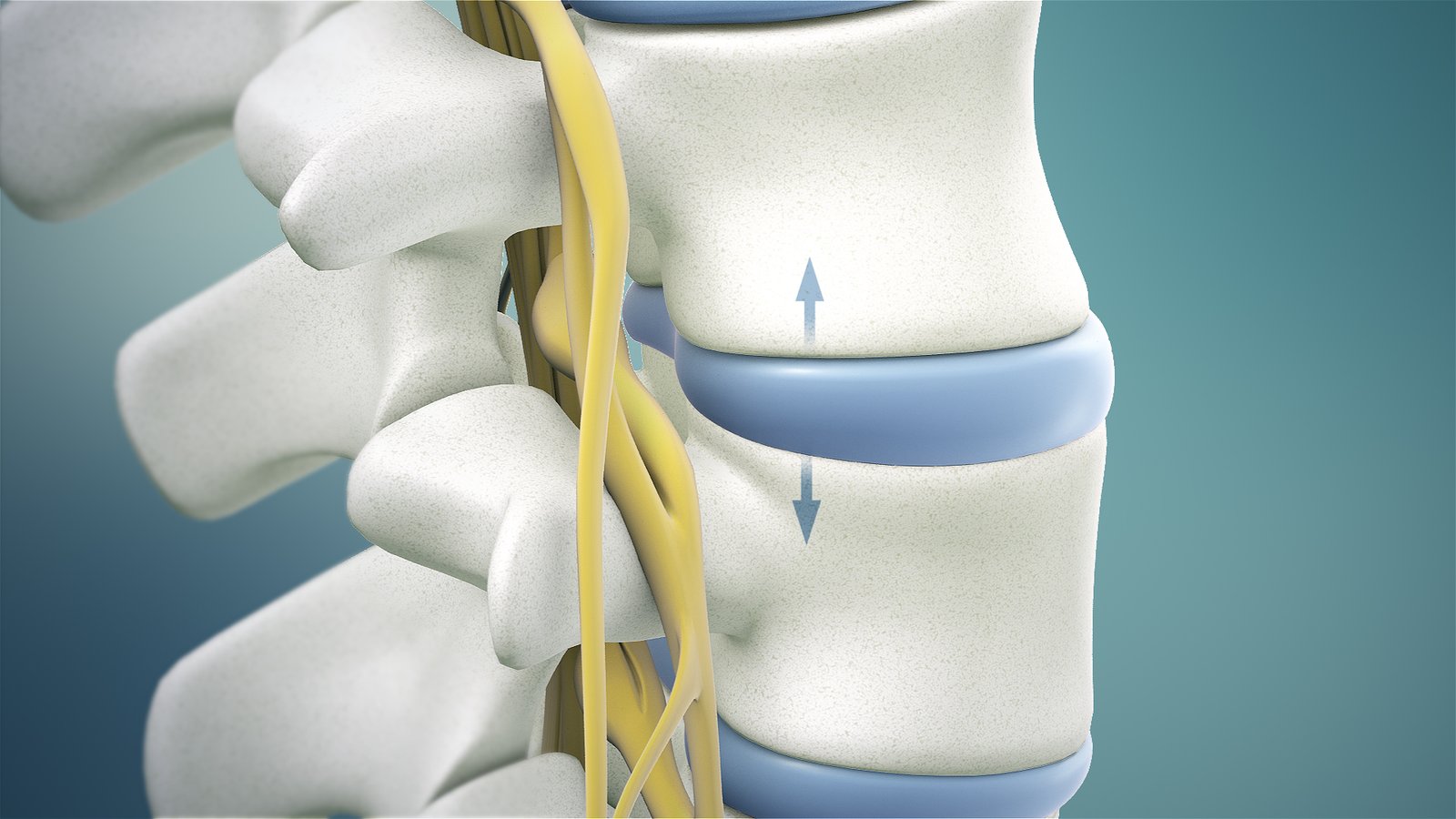Lajpat Nagar Metro Station, Block M, New Delhi, 110024
|096506 82102

Kyphoplasty Techniques : An Overview
- Insertion of a balloon device into the fractured vertebra
- Inflation of the balloon to create a void within the vertebra
- Removal of the balloon and injection of bone cement into the void
- Stabilization and strengthening of the fractured vertebra
When Do You Need Kyphoplasty?
Our primary treatment modalities include pain medication and physiotherapy following the diagnosis of your condition. Our spine specialists may recommend additional treatments if these initial approaches fail to deliver the desired outcomes. Early intervention is recommended for the following symptoms:
- 1. Foot drop or leg weakness
- 2. Bowel or bladder dysfunction
- 3. Increasing numbness
- 4. Severe pain impacting daily activities
- 5.Persistent or worsening pain despite initial improvement
- 6.Lack of improvement or worsening of symptoms despite conservative therapy.
Before undergoing decompression spine surgery, it's essential to prepare adequately to ensure a smooth procedure and recovery:
- Consult your doctor for a thorough health assessment and discuss any medications you are currently taking.
- Follow any pre-surgery dietary guidelines provided by your healthcare team.
- Ensure you have a support system in place for post-surgery care and recovery.
During decompression spine surgery, you can expect the following:
- You will receive anesthesia to ensure you are comfortable and pain-free throughout the procedure.
- The surgery may take several hours, including preparation and recovery time.
- After the surgery, you will be monitored closely in the recovery room before being transferred to a hospital ward.
After decompression spine surgery, it's essential to follow your healthcare team's guidelines for a successful recovery:
- Expect to stay in the hospital for a day or more, depending on your recovery progress.
- Your wound will be dressed, and you will receive instructions for wound care at home.
- Attend follow-up appointments as scheduled to monitor your progress and address any concerns.
Understanding Kyphoplasty Techniques
- Infection
- Allergic reaction to anaesthesia
- Excessive bleeding
